Celebrate the Caribbean Endemic Bird Festival (CEBF) with us! Our theme in 2023 is “Water: Sustaining Bird Life” highlighting the importance of water conservation to both humans and birds. Have fun learning about a new endemic bird every day. We have colouring pages, puzzles, activities, and more. Download for free and enjoy nature with your family at home.
Endemic Bird of the Day: Lesser Antillean Tanager
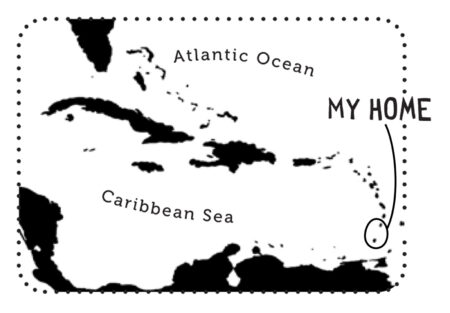 Locally known as the “Prince Bird,” the Lesser Antillean Tanager (Stilpnia cucullata) is endemic to St. Vincent and the Grenadines and Grenada. This regal bird is unmistakably the most colorful bird found on the island, second only to the St. Vincent Parrot (Amazona guildingii).
Locally known as the “Prince Bird,” the Lesser Antillean Tanager (Stilpnia cucullata) is endemic to St. Vincent and the Grenadines and Grenada. This regal bird is unmistakably the most colorful bird found on the island, second only to the St. Vincent Parrot (Amazona guildingii).
Because of its beauty this species has been captured and caged for hundreds of years, going as far back as to the days of slavery. Sugar cane plantation owners saw it as a symbol of prestige to walk down the road with this caged bird in hand. Even today this beautiful bird is still sought after by some of the wealthier inhabitants of the neighboring island of Bequia.
The Lesser Antillean Tanager male is yellowish buff above and grayish below with striking turquoise wings and tail, a dark mask, and a distinct reddish-brown cap. The plumage differs a bit between the two countries: the crown of the St Vincent subspecies is more rufous compared to chocolate-brown in the Grenada race. In addition, the upperparts of the St Vincent race are more buffy, the wings and tail are more bluish, and it is a little larger.
Females are duller than males and more greenish (Grenada) or brownish (St Vincent) overall. Juveniles are like adults but much duller, with only hints of dark masks, and may show little or no rufous on their crowns.
This spectacular bird can be seen in most habitats – dry and moist forests, wooded borders, second growth forests, parks and gardens, and montane thickets and rainforests at different times of the year. However, it prefers the dry coastal forest at higher elevations, and farm and pasture lands.
Whenever red plums (Spondias spp) are in season you will be sure to find the Lesser Antillean Tanager feeding on them. Although they are mainly seen in pairs, when plums are in season up to nine may be seen on a single tree foraging! They also eat mangoes, figs, soursop, Cecropia fruits, and insects. The insects are gleaned from the leaves or the tanager sallies short distances from a branch to catch them mid-air.
Little is known about the breeding biology of the Lesser Antillean Tanager since it has not been well studied. The breeding season reportedly occurs from April to July. Pairs build a cup-shaped nest similar to that of the Lesser Antillean Bullfinch (Loxigilla noctis), about 2-5 meters up the tree and the female lays 2 eggs that are white to bluish, with brown and gray markings. It has been observed stealing material from the nests of other birds.
Oftentimes you hear the tanager before you see it. Its song comprises a series of about six loud clear whistles that increase in volume and either end abruptly, as when you hold a bunch of keys and rattle it continuously for a few seconds (St Vincent subspecies), or in a jumbled twitter (Grenada subspecies): weet-weet-weet-witwitwitwit.
The Lesser Antillean Tanager is not globally threatened but is a restricted-range species, only occurring in two islands in the Lesser Antilles. It will be affected by threats to its habitats like deforestation, pollution, and natural disasters; it is therefore important to maintain and protect its existing habitats on both Grenada and St Vincent and the Grenadines. Learn more about this species, including its range, photos, and calls here.
Thanks to Glenroy Gaymes for the text!
Colour in the Lesser Antillean Tanager
Download our West Indies Endemic Bird colouring page. Use the photos below as your guide, or you can look up pictures of the bird online or in a bird field guide if you have one. Share your coloured-in page with us by posting it online and tagging us @BirdsCaribbean #CEBFfromthenest
Listen to the song of Lesser Antillean Tanager
The song of the Lesser Antillean Tanager consisted of of single thin notes followed by a jumbled series of high-pitched notes, weet-weet-weet-witwitwitwit, reminiscent of jingling keys.
Puzzle of the Day
Click on the image below to do the puzzle. You can make the puzzle as easy or as hard as you like – for example, 6, 8, or 12 pieces for young children, all the way up to 1,024 pieces for those that are up for a challenge!
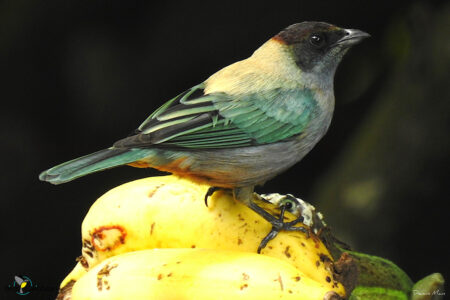
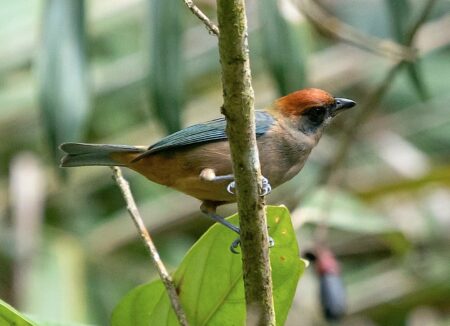
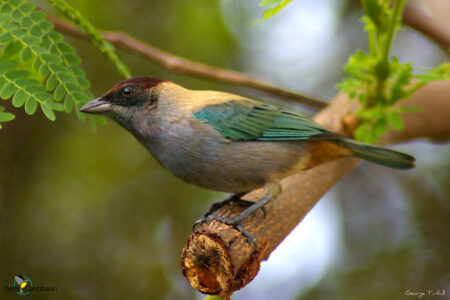
Activity of the Day
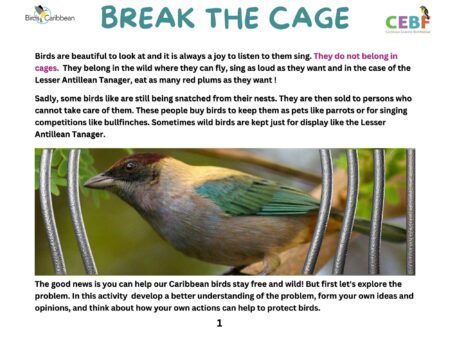 FOR KIDS: Lesser Antillean Tanagers are beautiful and colourful birds. Sadly, for this reason some people take them from the wild to keep in cages. Other birds in the Caribbean and around the world are also taken from the wild and kept in cages as part of the illegal wild bird trade. Some birds, like tanagers and parrots, are kept as pets for their beauty, and some for singing competitions like finches and grosbeaks. These birds should be flying free in the wild not kept in cages!
FOR KIDS: Lesser Antillean Tanagers are beautiful and colourful birds. Sadly, for this reason some people take them from the wild to keep in cages. Other birds in the Caribbean and around the world are also taken from the wild and kept in cages as part of the illegal wild bird trade. Some birds, like tanagers and parrots, are kept as pets for their beauty, and some for singing competitions like finches and grosbeaks. These birds should be flying free in the wild not kept in cages!
In our activity we want you to think about and answer some questions about the Lesser Antillean Tanager and birds being kept in cages. You can read the text on the Lesser Antillean Tanager to help you or check the internet for more information on the illegal wild bird trade.
Download the activity instruction sheet here.
FOR KIDS AND ADULTS: Enjoy this video of a Lesser Antillean Tanager, filmed preening on St Vincent.
The Lesser Antillean Tanager was one of the birds caught and banded during an expedition by Canadian students to band birds in Grenada. You can read more about their adventures here:

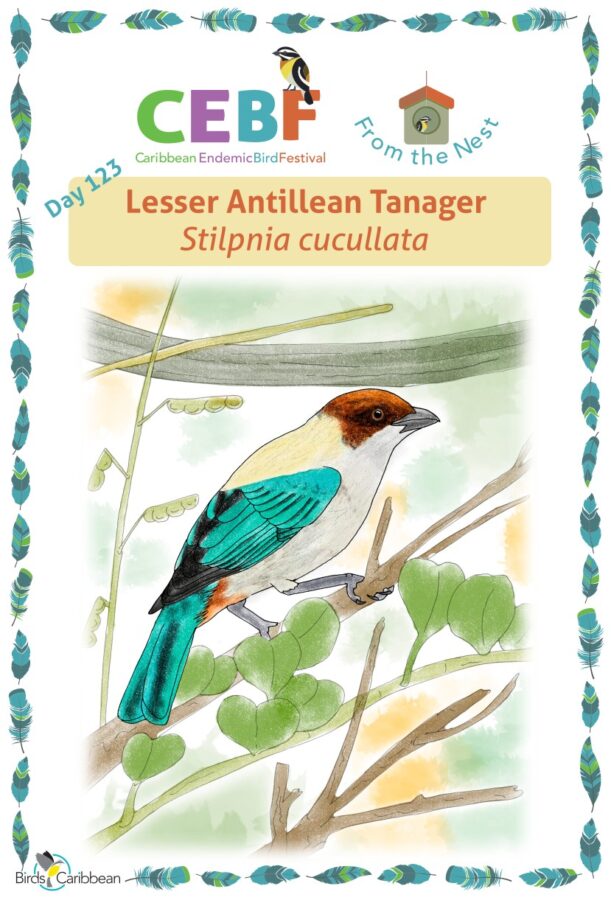
One comment
Comments are closed.